7 Common Misconceptions made about AAC Users
It's great to see augmentative communication moving more and more into the mainstream when it comes to communication support and acceptance. Characters like J.J. DiMeo from 'Speechless' and Julia from 'Sesame Street' help people see AAC functions and begin to understand how AAC users interact and express themselves. AAC classes are becoming more common in university level speech therapy degree programs and also in K-12 schools that support progressing communicators.
But there is still room to improve. Despite advancements in AAC integration, there are still some common misconceptions that come up relating to AAC users and augmentative communication in general.
Let's tackle 7 common misconceptions we see relating to AAC users and why they MUST be overcome in order to strengthen and promote ALL communicators.
Misconceptions #1: Lack of Verbal Speech = Lack of Comprehension or Understanding
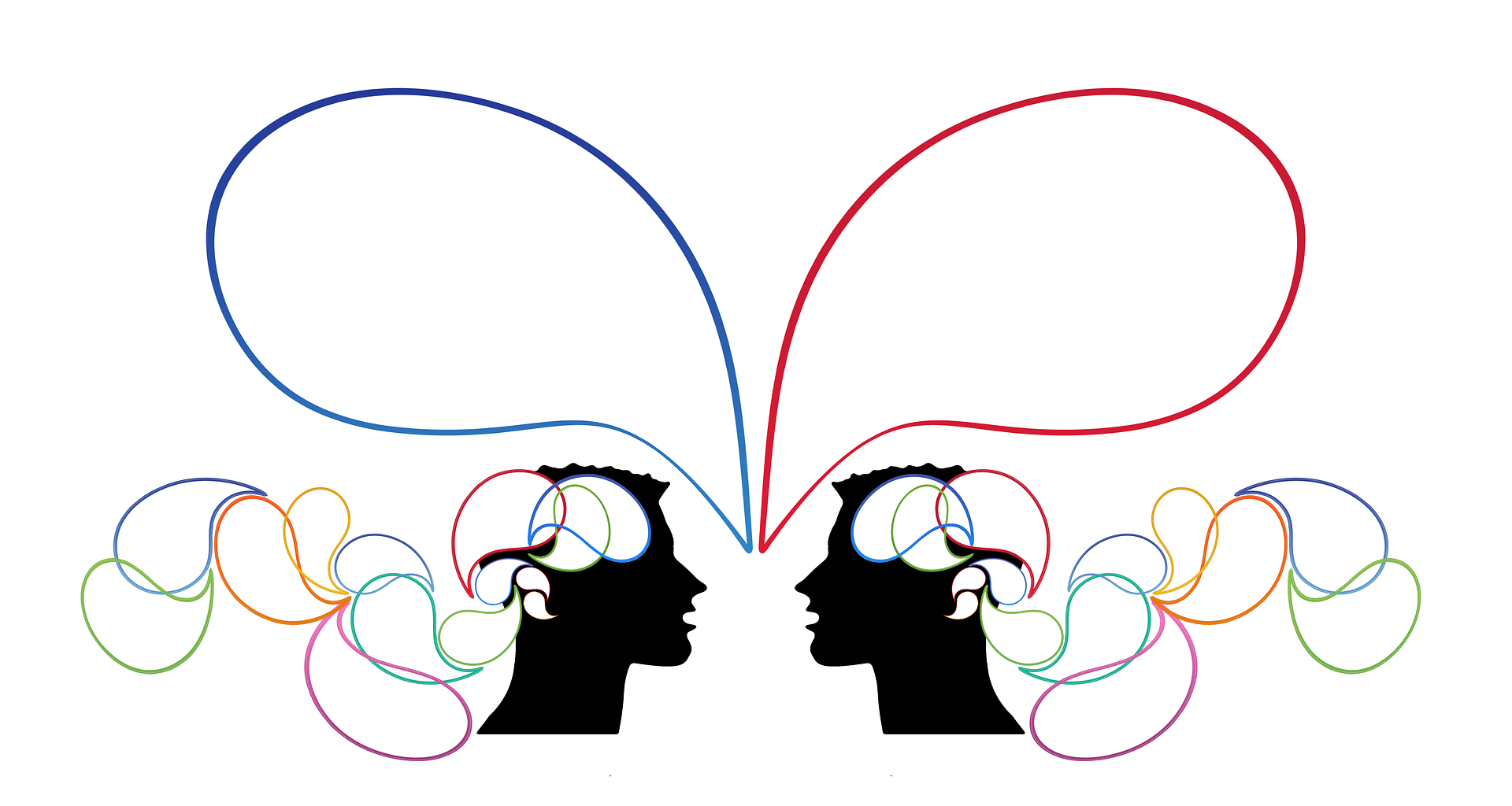
Unfortunately, this happens often and although it may sometimes be unintentional it is still unacceptable.
A speaking person may talk about or around an AAC user even when the communicator is present by addressing only the teacher or parent who is there to support the communicator instead of the communicator themselves. They may ask rude or hurtful questions, make demeaning comments, or ignore the communicators abilities to the supporter in the presence of the communicator. Some people forget that being unable to speak vocally does NOT mean a person cannot hear or understand conversations, body language, or intentions.
People deserve to be acknowledged and included no matter their specific abilities. We must be cognizant of the words we use, the person we address, and the meaning of our message when we address ANY person. We should assume that a person can understand our words and give them the opportunity to engage and speak for themselves.
To look directly at a communicator and say, "Did you decide whether you want to join us outside for recess?" is respectful even if the communication partner is the one to respond with the communicator's pre-expressed desires.
Speak to communicators not around them. Even if they have a hard time responding, assume that they can understand you – because they usually can.
Misconception #2: A person needs to 'prove' their ability before they are given access to AAC
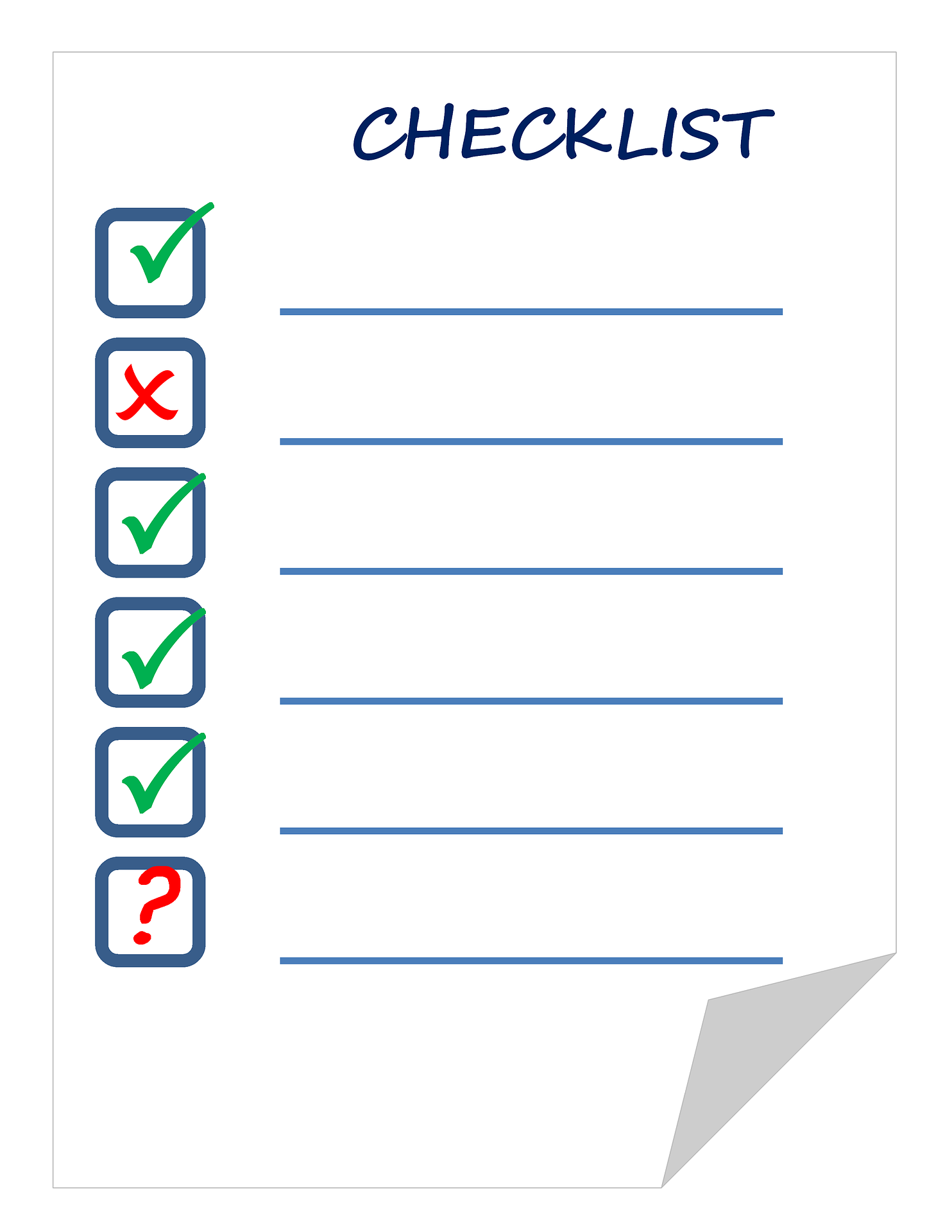
Sometimes people mistakenly reason that before a communicator is given access to AAC they need to prove that they will be able to use it or show mastery of certain skills or concepts.
This thinking is backward. Is this the way we direct the accessibility of other assistive technology?
For example, do you have to prove that you will be able to maneuver a wheelchair before it is given to you? Must you prove that you will choose to listen to things before you are given hearing aids? Is it required that you show you will use your vision for good before you are given glasses?
No. And communication support is no different.
AAC should be offered to a person as soon as possible. It takes time to learn a new language and using AAC is learning a new language. Making it available even before a person has proven their full ability to use it means they will have the option to explore words and express themselves when they can. Sometimes that takes time and sometimes it take additional support, but giving a person access to a means of communication is NEVER the wrong choice.
Learn a bit more about the myth of pre-requisites for AAC here.
Misconception #3: Only the formal communication partner should speak with the AAC user
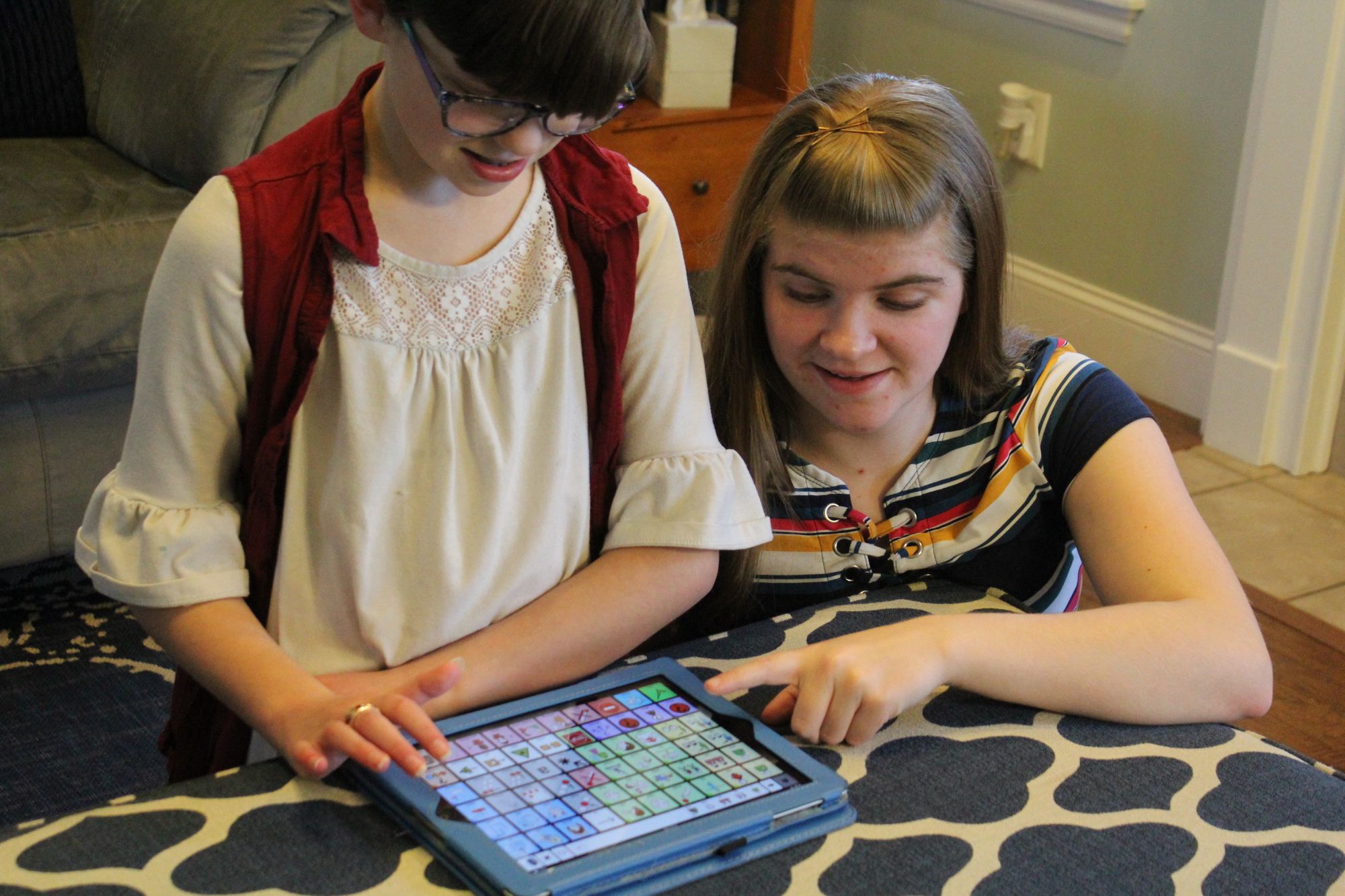
Because AAC is a little bit different than verbal speech some people tend to treat AAC communicators like they are not directly accessible – almost like they are a sheltered entity. Sometimes it is a well-meaning teacher or supporter who keeps the communicator away from the rest of a group or acts as a buffer between the communicator and others. Sometimes it is the insecurity or uncertainty of a peer who is unsure how to interact that causes some distance.
Some people seem to believe that in order to reach an AAC user, they need to go through the communication partner.
Nothing could be further from the truth.
AAC communicators are people, just like anyone else. Most people like to engage with other people. While there are often consistent communication partners in an AAC user's life like therapists, teachers, siblings, and parents – anyone (and everyone) can (and should) communicate with an AAC user.
The best way to become comfortable with conversing with an AAC user is to converse with an AAC user. That's also how they can become more comfortable cenversing with you.
If the communicator is kept on their own or to the side maybe even in order to try to help them, that can sometimes give the impression that they are not part of the class or group. This may keep others from feeling welcome to ask them questions, to involve them in conversations, or to share thoughts or feelings with them.
Misconception #4:They'll never learn to speak if they keep using AAC
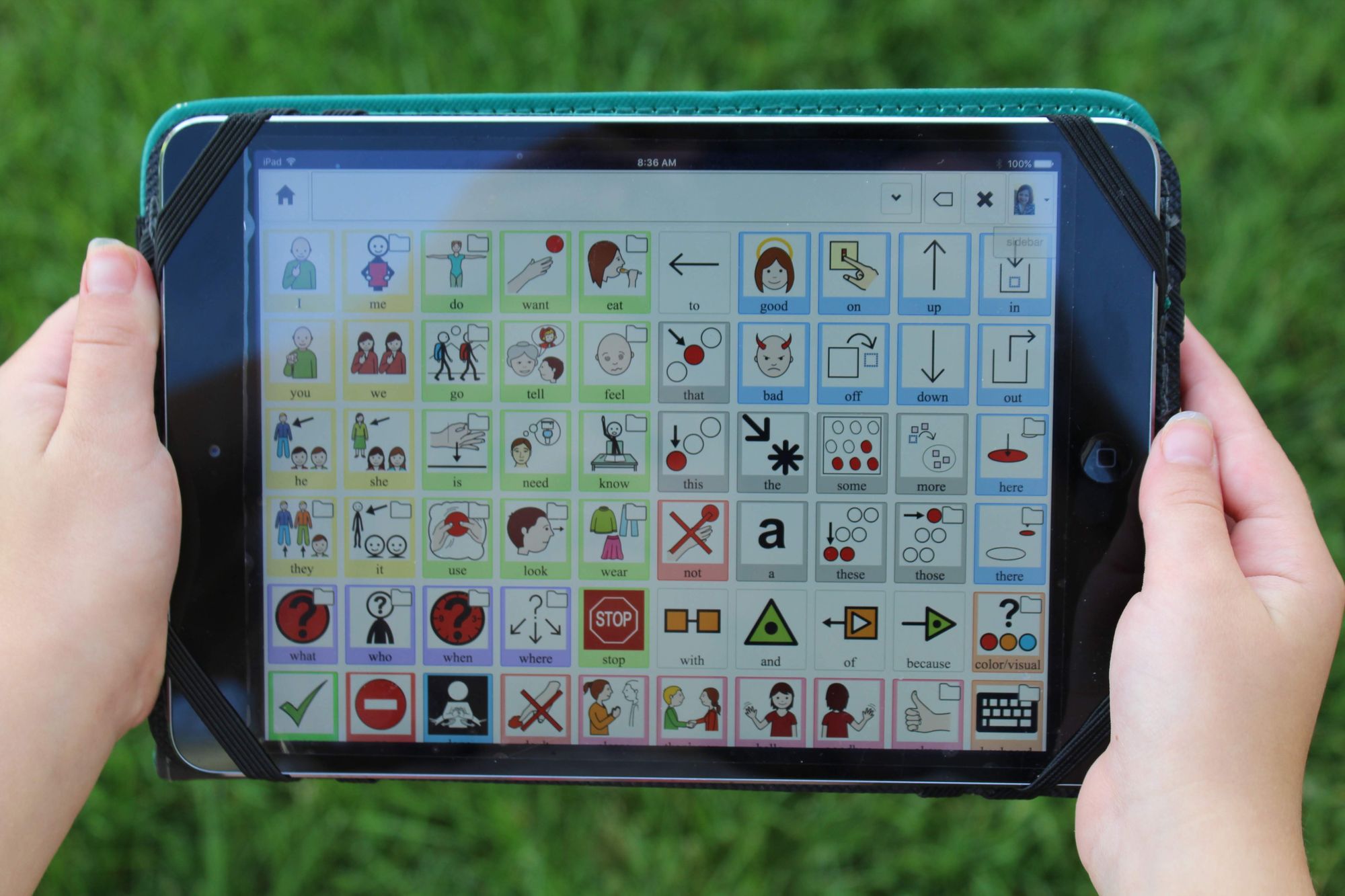
Research has repeatedly shown that this notion is simply not true. AAC does not inhibit speech development.
People will usually use the easiest way possible to share their message and if speech becomes an option for a person that will generally be the method they choose. We ALL use multiple avenues to express ourselves. Using vocal speech does not mean we no longer use facial expressions or hand signals. Each is just one more way to clearly share our message.
Why would we prevent a person from having access to a reliable way to express themselves simply because we hope that they'll one day be able to use speech. We do not deny a person crutches in the hopes that they'll develop the ability to walk without them. We offer the assistance when it is needed and then allow them to grow and develop their abilities using the best tools while those tools are necessary.
In fact, AAC is often used by those who are also able to speak when those persons may have anxiety, situational mutism, or other concerns. The chosen speech modality is not nearly as important as the message being shared. Whether it is vocalized speech, sign language, AAC, written words, etc it is the ability to share the message that matter most.
AAC is a way to allow expression. It is powerful and inclusionary and it will not inhibit other methods of expression.
Misconception #5: AAC should only be presented to a person as a "last resort"

AAC allows people to communicate their needs and feelings. This can come in the form of a high-tech device or as a simple printed speech board. Leaving a person with no way to convey their message is simply cruel. It is unacceptable to force a person to try every other option before providing this simple and sustainable means of expression.
Communication is about making connections. Denying a person a means of making those connections because the most common avenue – verbal speech – is not an option for them is unfeeling.
There really isn't a way to say this more clearly. AAC should be an early and primary option any time verbal speech is delayed, inaccessible, or impossible.
Misconception #6: AAC is an AAC user's ONLY form of communication

We've already talked about this a bit, but no one uses only one mode of communication. We all adopt a variety of methods to share our messages – AAC included.
Every form of communication is valid and we need to be willing to accept clearly communicated messages no mater the modality of that message. This means that if an AAC user has expressed their preference by pointing or indicating with their eyes we accept and respect that communication. We might reinforce it by following up with modeling the word or idea through AAC, but we don't require them to press the buttons or images to vocalize that message.
After all, communication is about expressing our own ideas, feelings, and opinions not about regurgitating the ideas, feelings, and opinions that another person has chosen for us.
When an AAC user rolls their eyes, that is communication. When they point to images on a printed board, that is communication. When they laugh, that is communication. When they use sign language, that is communication. When they make selections on a high-tech AAC device, that is also communication. Each one counts and each one is an acceptable way to share a message.
Misconception #7: Not speaking aloud means not having anything to say
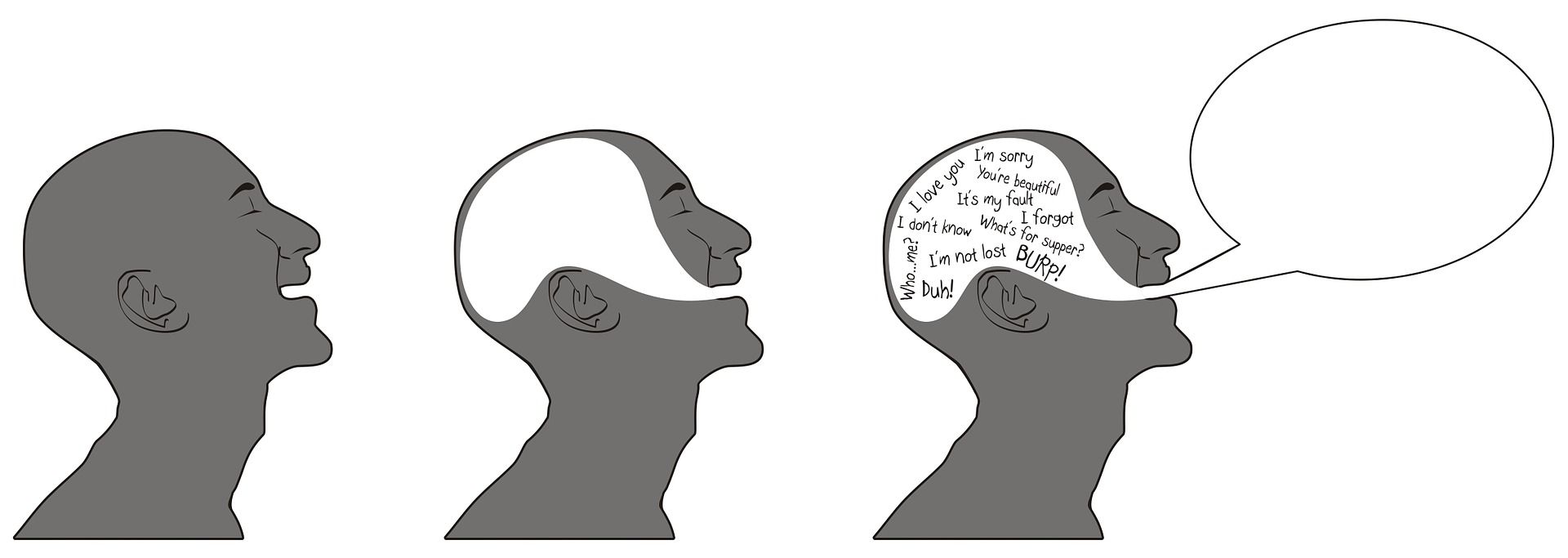
Just because a person needs support to share what's on their mind does not mean they don't have a message to share. People have complex levels of feelings, ideas, wants, needs, preferences, reasoning, and desires. Imagine what it would feel like to have all of those concepts bouncing around inside you without having a way to vocalize them.
There is not a person in this world who does not need a way to communicate.
